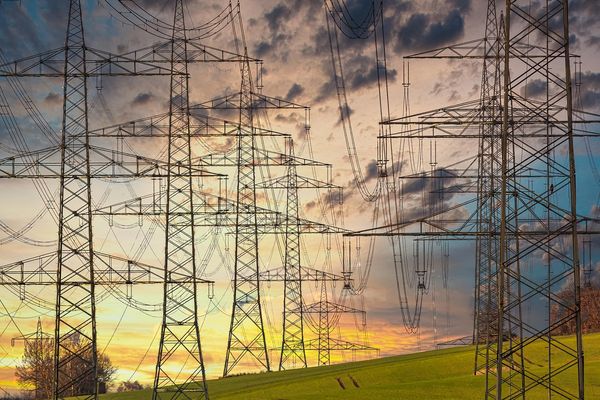
An "artificial intelligence revolution" could hit Australia after a $20 billion investment from technology giant Amazon to build powerful data centres onshore.
In a joint announcement with the firm from Seattle, where the Jeff Bezos-founded company is based, Prime Minister Anthony Albanese said the significant commitment over the next five years was a "huge vote of confidence in the Australian economy".
"We're taking advantage of the AI revolution - the Australian way," he posted on X on Sunday before heading to the G7 meeting in Canada.
"We want to make sure as well that Australians are better prepared to capitalise on the opportunities of AI, while making sure that we secure ourselves against its risks," the prime minister told reporters.
The economic benefits and potential problems caused by AI will be key topics of discussion at an upcoming productivity summit, which Mr Albanese announced before leaving for the G7 summit.
Amazon Web Services chief executive Matt Garman spruiked the spend as a historic first by a tech giant.
"This is the largest investment ever announced by a global technology provider in Australia and it's going to support many of the country's AI ambitions over the next decade," he said.
He listed some of its most prominent domestic customers that are drawing on AI technology, including the Commonwealth Bank and Atlassian.
"AI is changing everything that we see, from sports to industry to the economy," Mr Garman said.
"We estimate that technology over the next decade will drive over $600 billion increases in Australia's GDP out by the year 2030," he said.

Data centres are massive, power-hungry facilities that store servers, cables and hardware to process the data emanating from cloud computing and complex AI operations needed by millions of customers.
Mr Garman said the corporate giant was also pouring money in three new solar farms in Victoria and Queensland with a combined capacity of more than 170 megawatts.
With eight other projects in both states and in NSW, the firm is predicted to deliver enough energy to power the equivalent of 290,000 homes each year once the developments are completed.
The company, which has had an Australian presence since 2012, says it has invested more than $9 billion in the nation so far.







